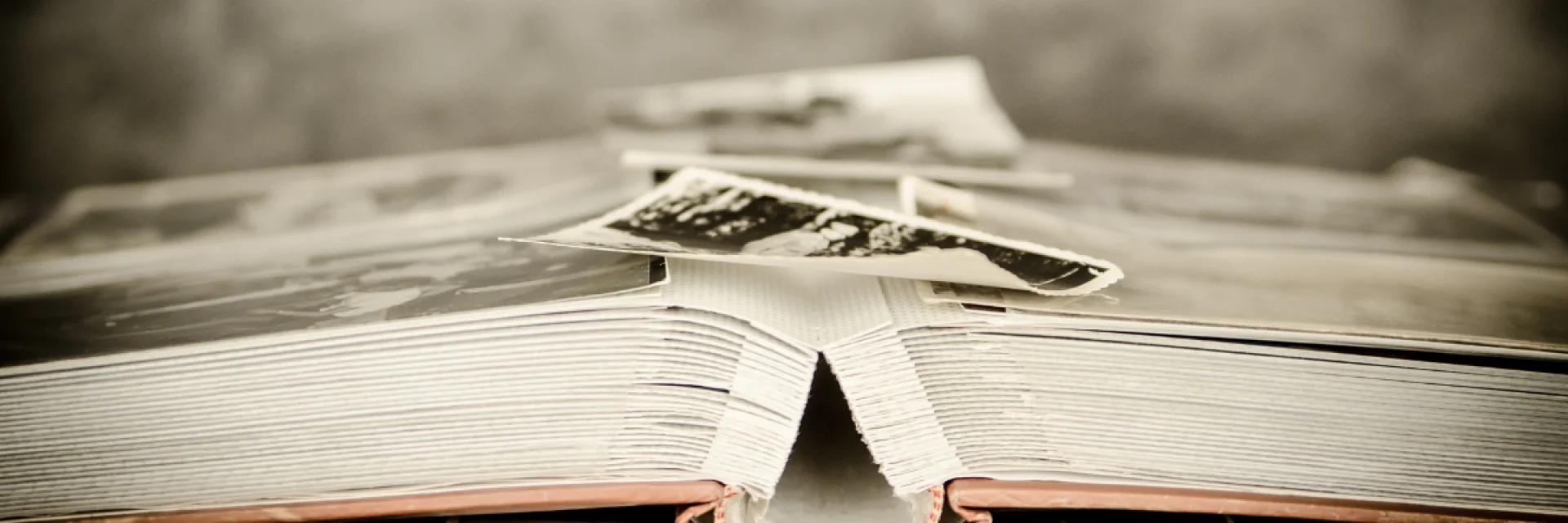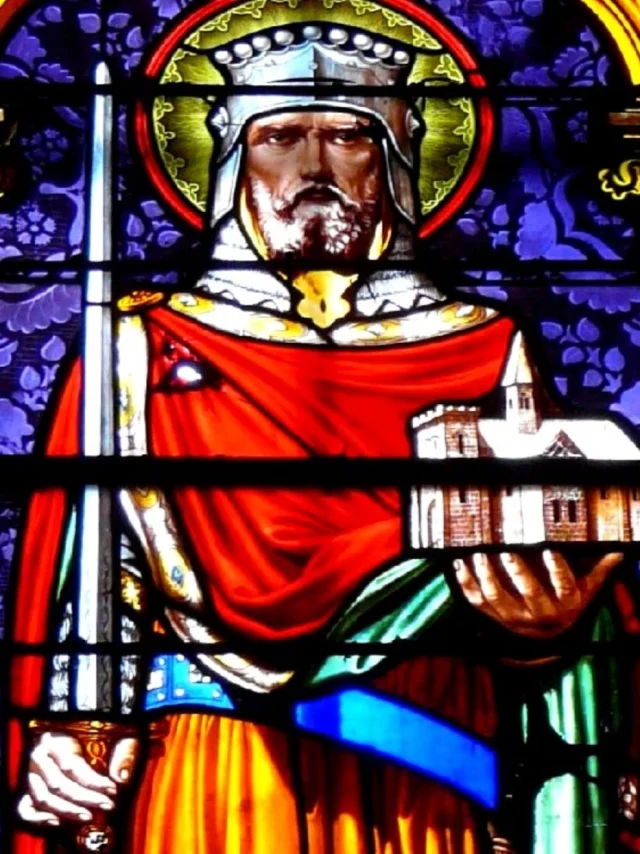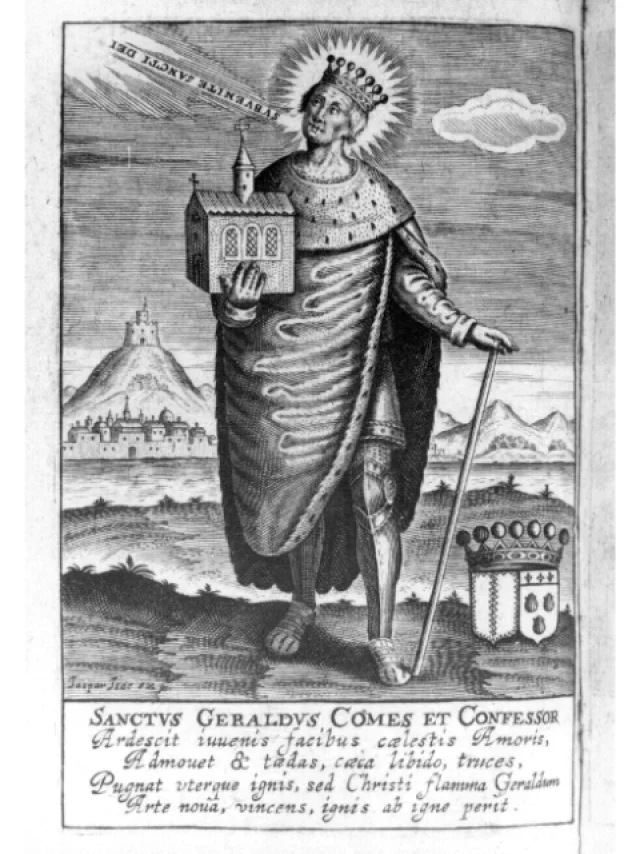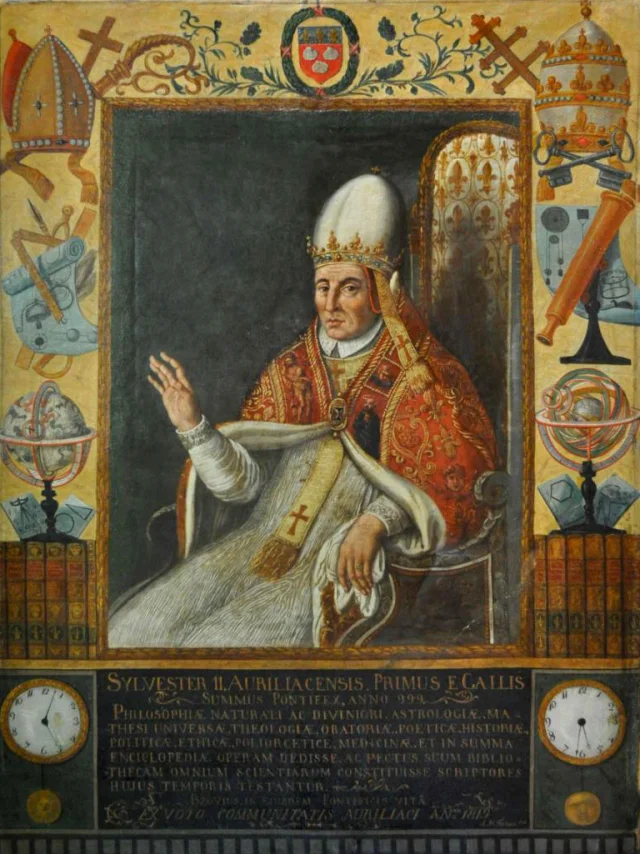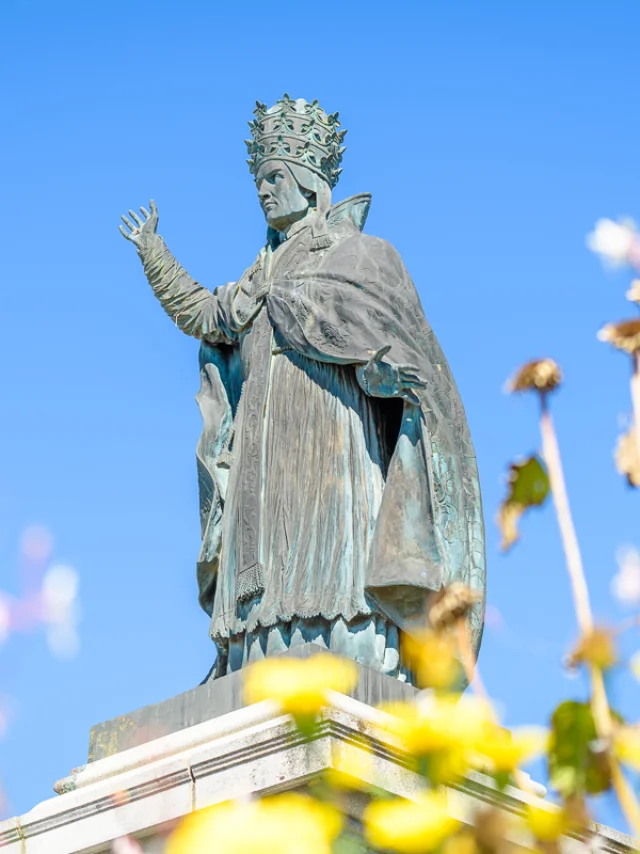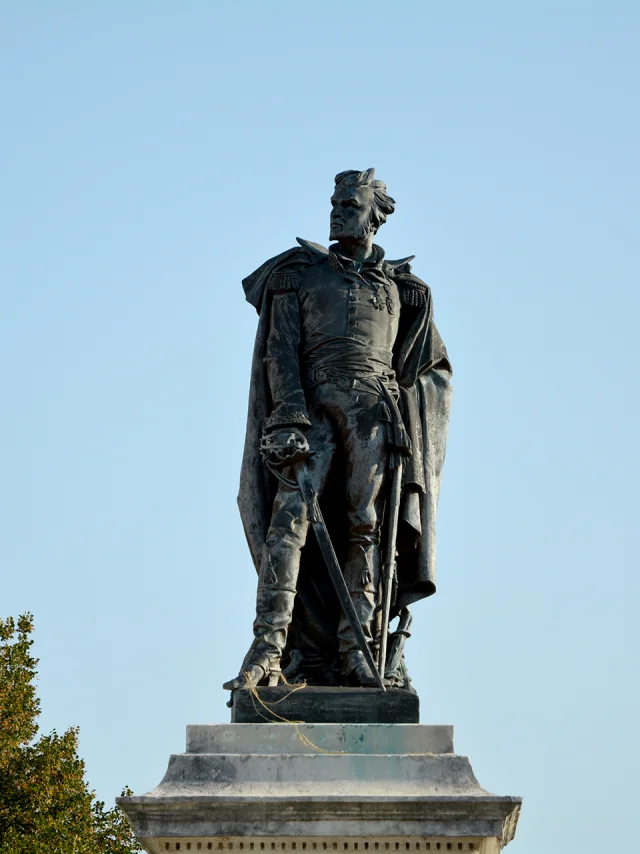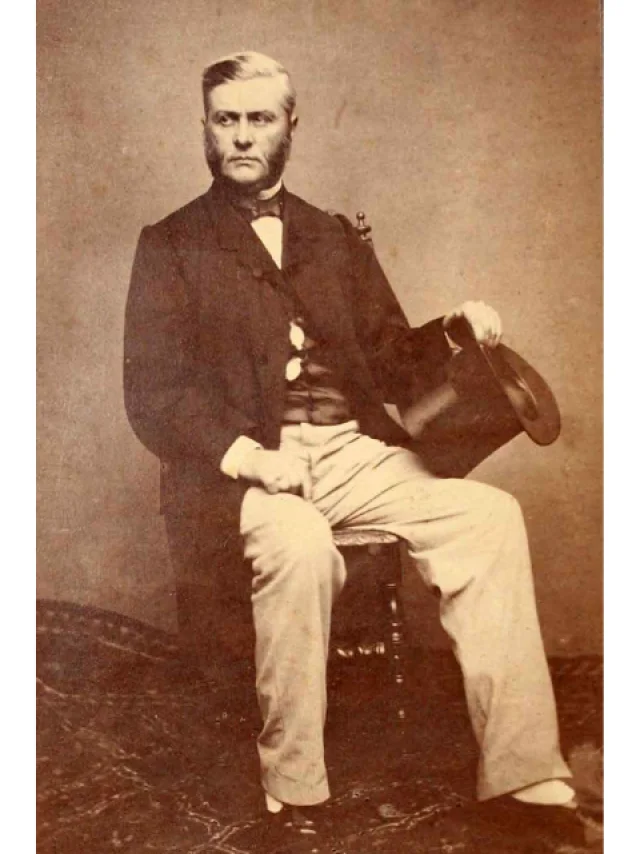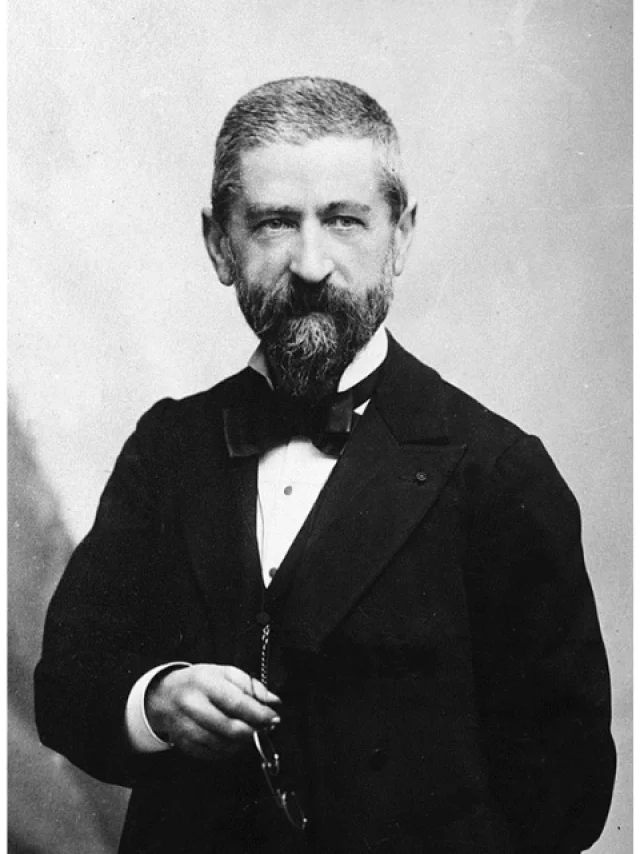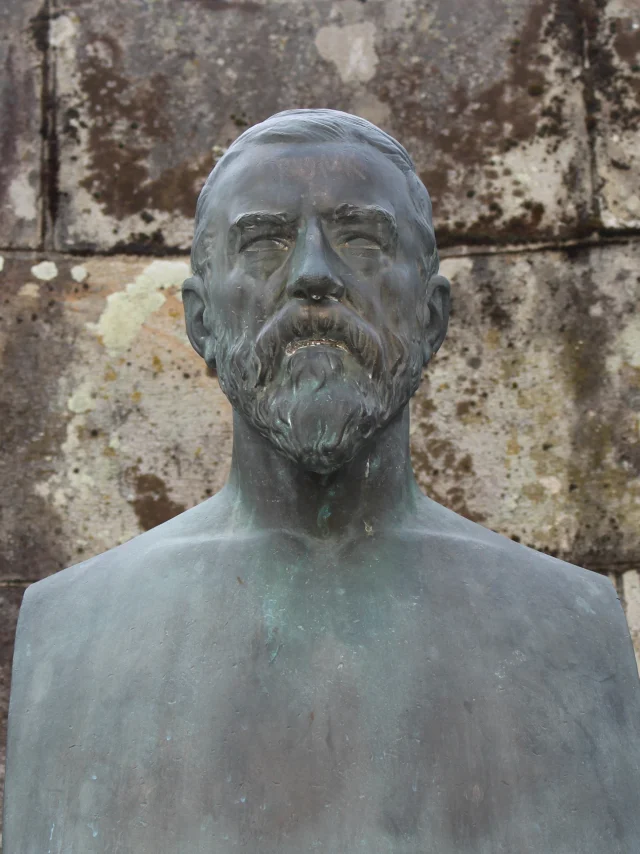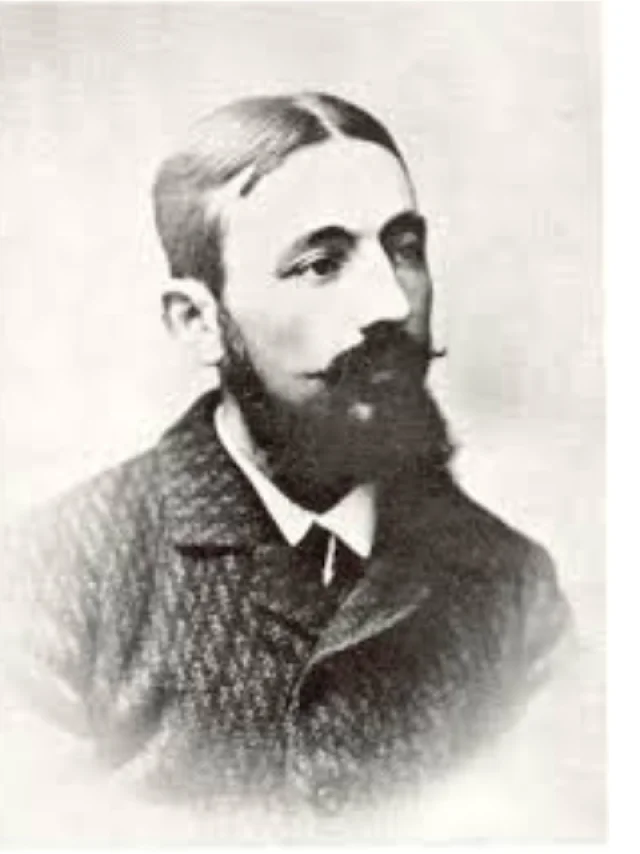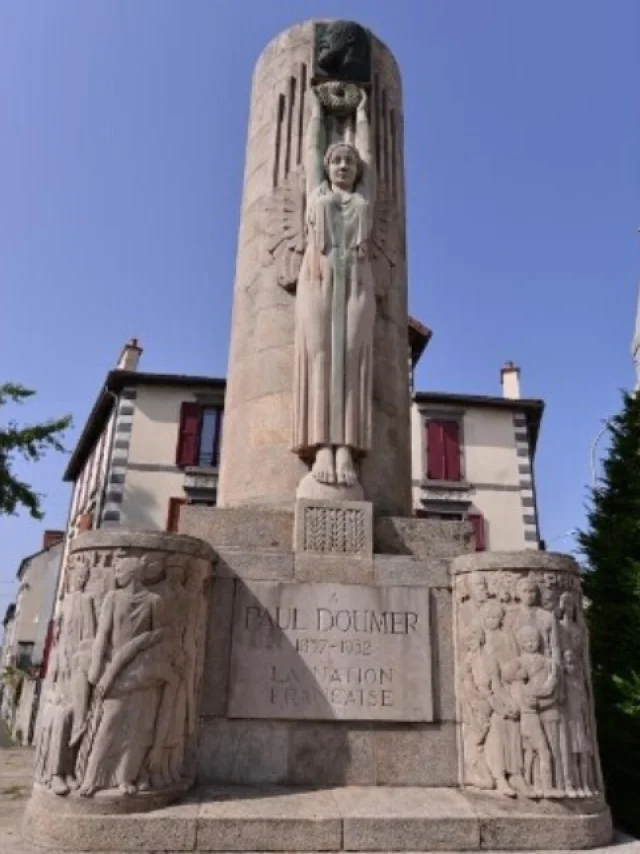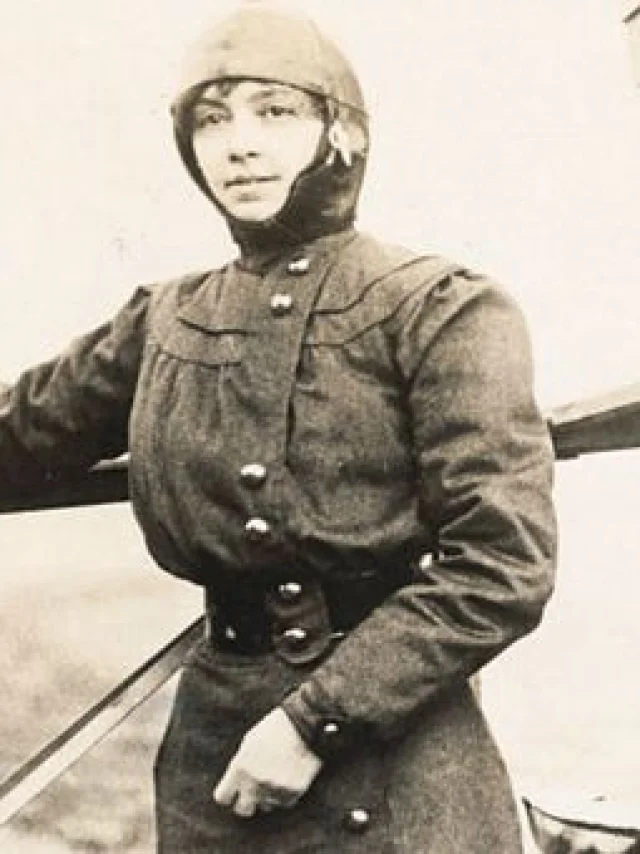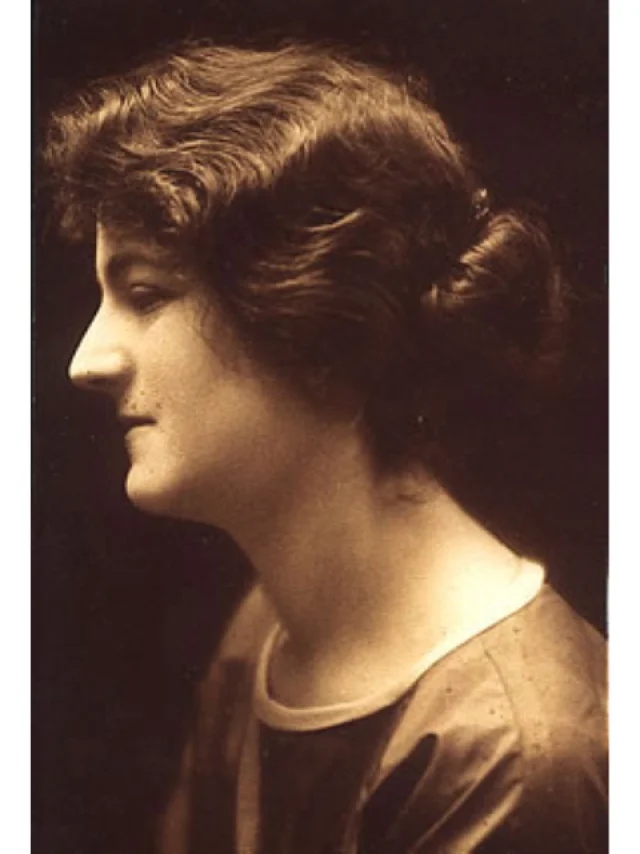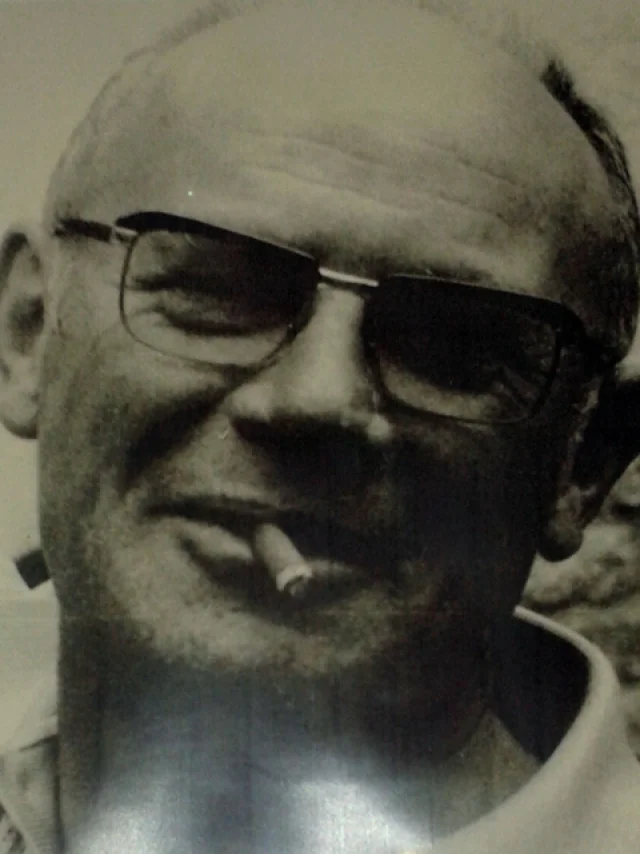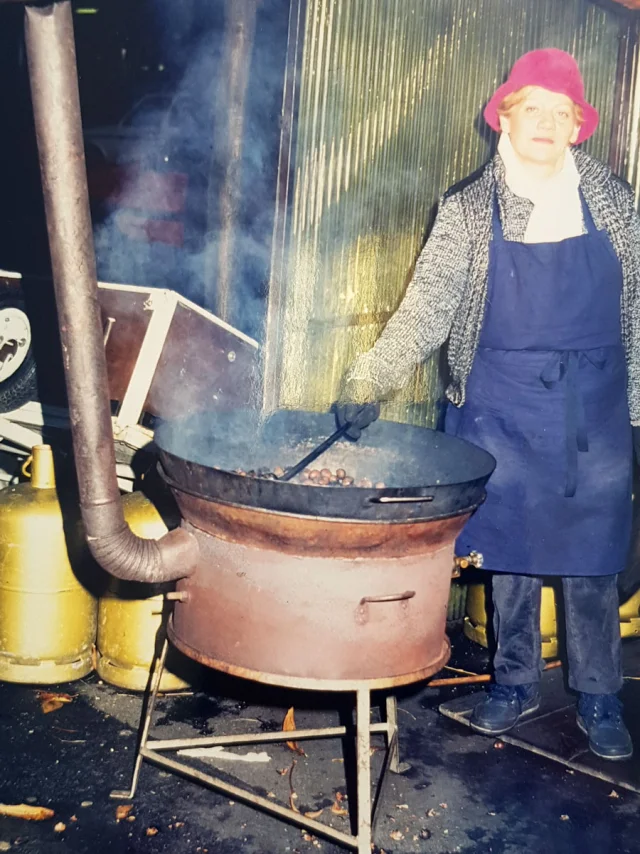The town of Aurillac has been the birthplace or home to a number of notable figures who have left their mark on history through their exceptional contributions in various fields. From Saint Géraud, founder of the Benedictine abbey, to Émile Duclaux, disciple of Pasteur, to the poet and writer Arsène Vermenouze and the surgeon Henri Mondor, these personalities illustrate the cultural and historical wealth of the town.
Discover the lives and achievements of these great men, who are the pride of Aurillac and have left a lasting mark on their times.
